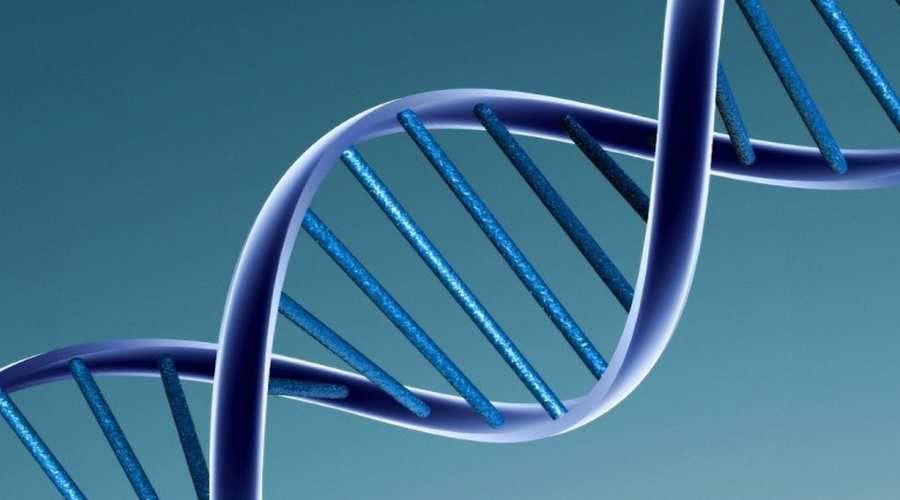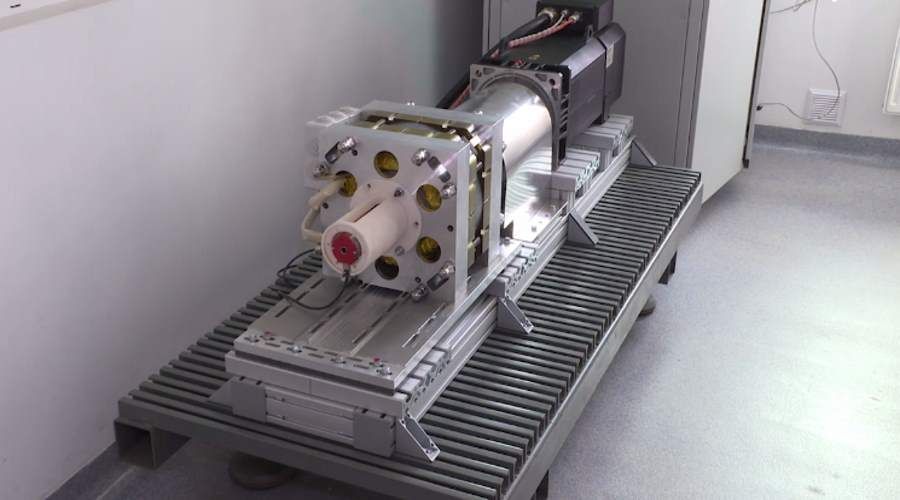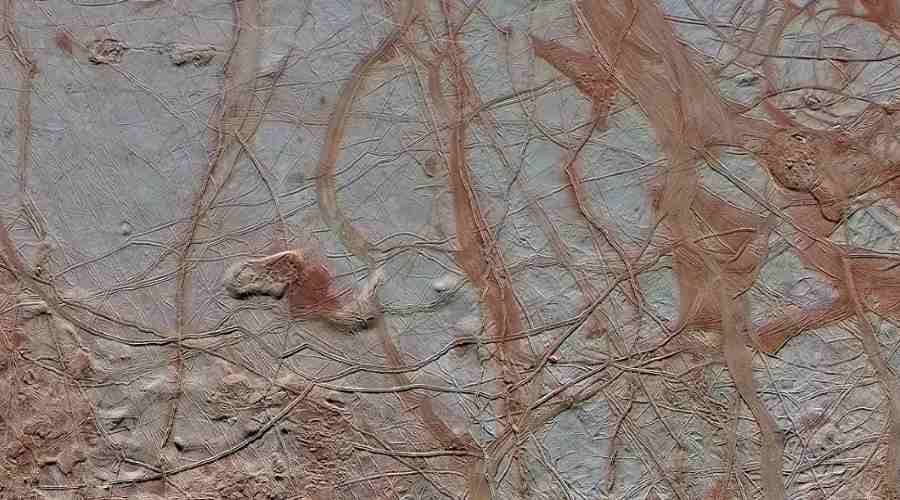DNA patching mechanisms under the magnifying glass of scientists
Solar radiation or toxic substances with which we are constantly in contact cause the DNA in cells to sometimes break. Fortunately, cells are equipped with proteins that tirelessly patch up broken DNA strands. Thanks to the research m.In. Poles know more and more about the work of these cellular seamstresses.
It may seem that DNA, in którym stored genetic information, must be a very robust chain. However, this is not entirely true. This is because DNA balances on the edge of stability and elasticity. Thus, it retains its structure for most of the comórki, but also easily undergoes significant necessary structural changes during the cell cycleórkowe.
This crucial flexibility for function causes DNA to break very often, e.g. by toxic substances or radiation reaching us from the sun. Fortunately, however, DNA disruption is not równo equivalent to the interruption of life. In any comórce there are mechanisms of DNA replication – one could say that there live proteins-several thatórk of mending DNA and bringing it up to code.
Researchers from a Korean-American-team have taken one such mechanism to taskóIn responsible for patching DNA – the protein complex Mre11. Their research appeared in Nature Structural & Molecular Biology. – This complex is so crucial that basically all forms of life – from the most primordial archaeobacteria to humans – contain it, one of the authors tells PAP in an interviewóin the publication, prof. Artur Krêzel of the Department of Biological Chemistry at the University of Wroclaw. As he adds, this complex is encoded róalso in the genetic information of the virusów – and therefore inanimate forms.
The scientist explains that acutely this comórkowa seamstress has a very difficult and responsible task – she stitches the DNA when there is a break in both DNA strands at the same time – that is, simply the strands break completely. – This is the kind of DNA damage thatóry can lead to the most serious for comórek consequences – mutations, canceróIn or even the death of comórki – points out the biophysicist from UWr. Scientistsów was curious how it is possible that the protein complex is able to recognize and connect the broken DNA parts together.
Prof. Krężel tells us that the study dealt with the Rad50 protein necessary for the function of the Mre11 complex. The protein is formed by two components. – If one of them was enlarged to the size ofóin ping pong balls, is the second would be the size of the floor of a building – says Prof. Krêzel.
– The large size and shape of the molecule – and our research focuses on determining the shape – are crucial so that the damaged DNA elements, likely to be significantly distant from each other, can preferentially move toward each other to allow them to fuse – mówi. He tells PAP that the work of the team – led by prof. Yunje Cho of Pohang University in South Korea – showed which elements of the central element of the Rad50 protein (the so-called. zinc hook) are necessary for the damage information to be passed on, and as a result – DNA is stitched together.
Biophysicist mówi that DNA repair mechanisms sometimes break down. If scientists better understand the structure of the complex, they will be able to better design pharmaceuticals in the future, które will support the work of seamstresses in certain dysfunctions.
But there is another important aspect of this research. It is possible that thanks to them, scientists will develop compounds thatóre DNA repair in selected cellsórks will completely block. Well, because why should the organism waste energy on mending the DNA in the comórkach, whichóre spoiled anyway – e.g. in the comórks of cancer. – Better yet, the spoiled DNA of these dangerous comórek was not repaired, and the comórka – was more quickly destroyed – points out prof. Krężel. And he does not rule out the possibility that in the future research on DNA seamers will be used in the development of new anti-cancer therapies.





